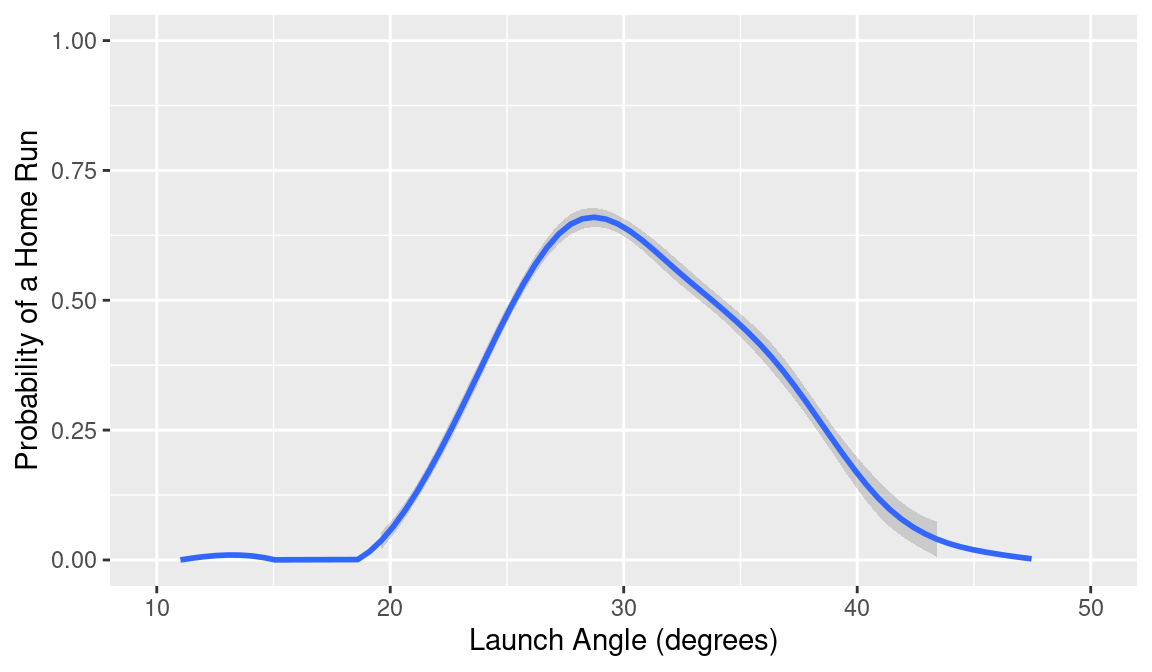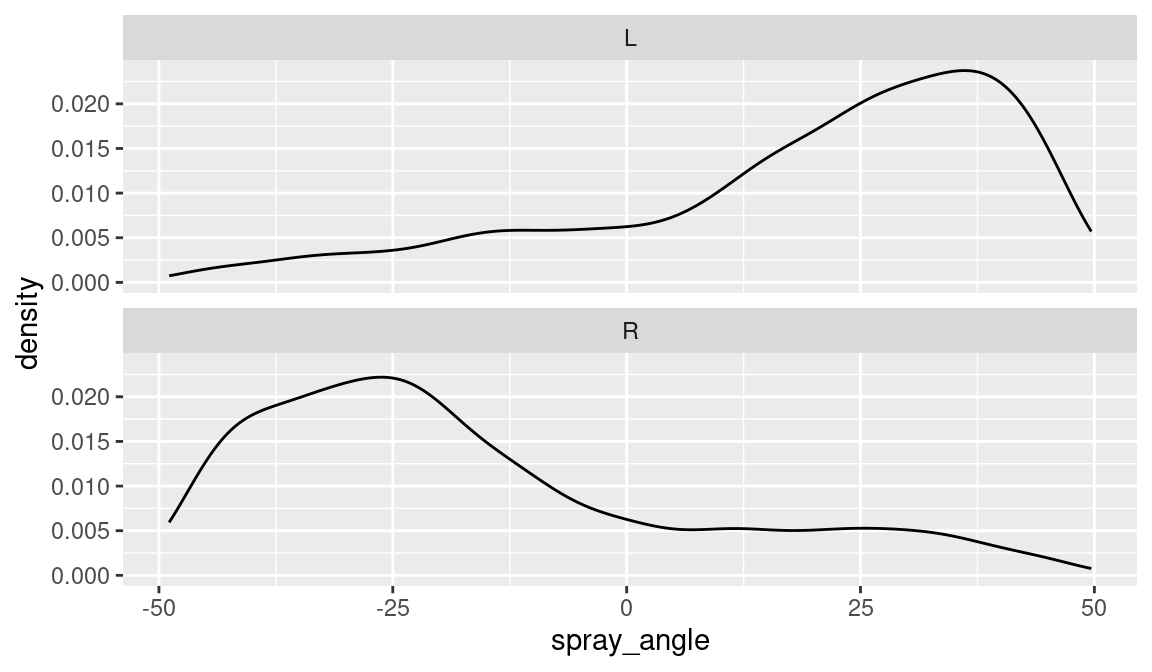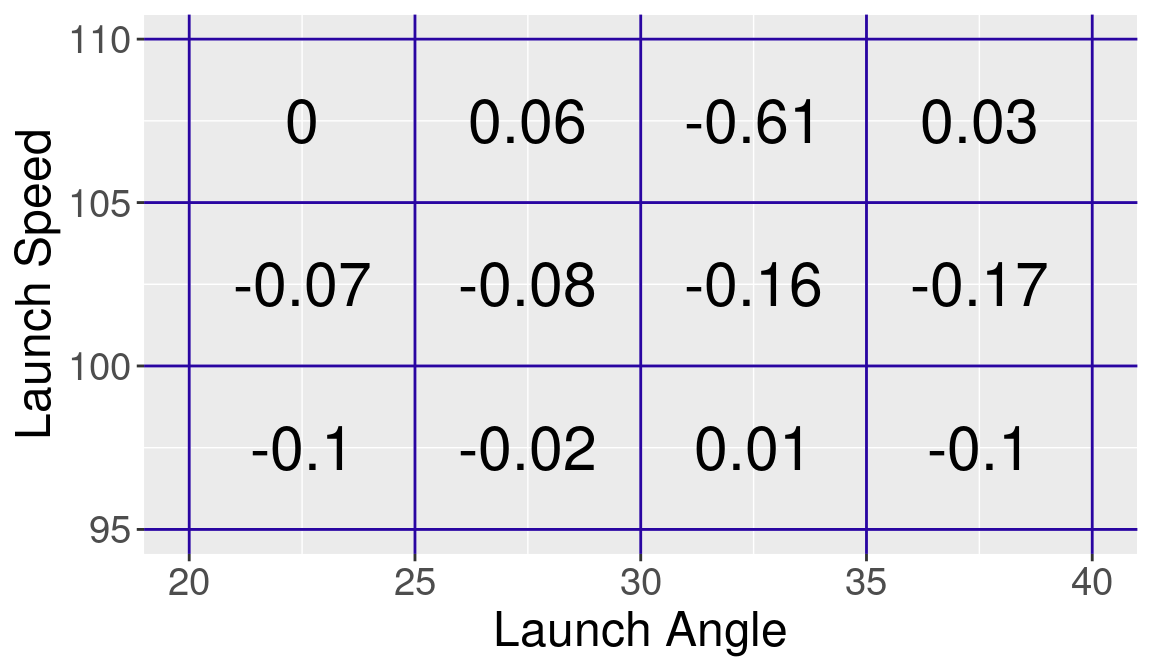Rows: 124,199
Columns: 16
$ game_pk <dbl> 718773, 718774, 718778, 718773, 718781…
$ game_date <date> 2023-03-30, 2023-03-30, 2023-03-30, 2…
$ batter <dbl> 613564, 643446, 453568, 641584, 527038…
$ pitcher <dbl> 656605, 645261, 605483, 656605, 543037…
$ events <chr> "triple", "single", "single", "single"…
$ stand <chr> "L", "L", "L", "L", "R", "R", "R", "R"…
$ p_throws <chr> "R", "R", "L", "R", "R", "L", "R", "R"…
$ hit_distance_sc <dbl> 134, 9, 162, 254, 51, 56, 42, 185, 171…
$ hc_x <dbl> 215.1, 164.8, 90.7, 196.9, 110.2, 153.…
$ hc_y <dbl> 107.2, 105.1, 133.9, 95.2, 148.4, 209.…
$ launch_speed <dbl> 94.2, 93.7, 59.1, 111.7, 94.8, 69.5, 1…
$ launch_angle <dbl> 9, -19, 27, 13, 1, 81, -2, 9, 9, 7, 76…
$ home_team <chr> "CIN", "MIA", "SD", "CIN", "NYY", "SD"…
$ away_team <chr> "PIT", "NYM", "COL", "PIT", "SF", "COL…
$ Season <dbl> 2023, 2023, 2023, 2023, 2023, 2023, 20…
$ HR <dbl> 0, 0, 0, 0, 0, 0, 0, 0, 0, 0, 0, 0, 0,…









